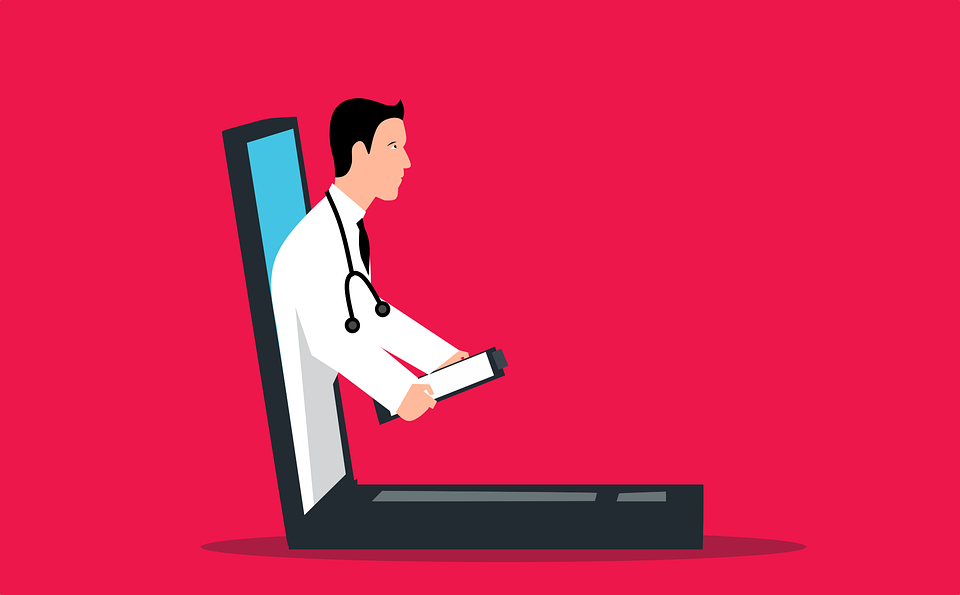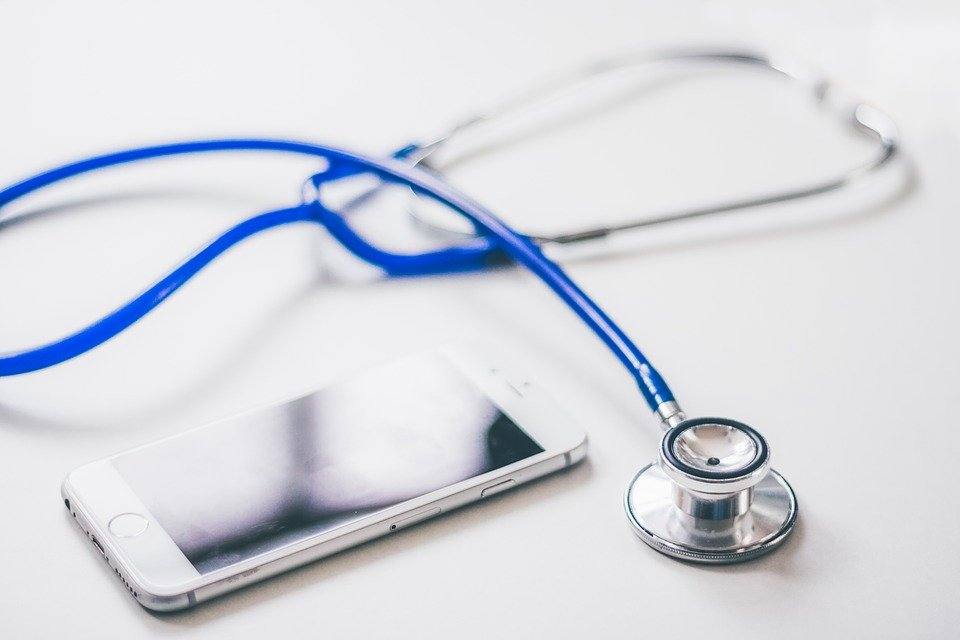Your Guide to Preparing for Your Virtual Doctor’s Appointment

You’re on your way to a work conference and you experience sudden sinus pain and sore throat. As you’re on the road, you can’t meet with your family doctor and you start to worry about missing the conference.
You fish out your phone and do some web surfing to find out that telemedicine is an ideal option to get care. This blog explores virtual healthcare and presents a checklist to help you prepare for a virtual doctor’s appointment.
What’s Telemedicine?
According to the National Institutes of Health (NIH), telemedicine is defined as using technology to provide healthcare support from a distance. It allows medical professionals to connect with patients in real-time through phone or online means. It enables doctors to evaluate, detect, and treat patients via technologies like smartphones and video conferences. Telemedicine is like an in-person doctor’s visit. It ensures that you get the same level of care that you’ll get at a clinic. During the meeting, your doctor will discuss your symptoms and provide you with a treatment plan.
However, you must note that you should only use telemedicine for non-emergency situations like fever, cold, sinus, or skin condition.

Who Can Use Telemedicine?
There are many reasons why people use telemedicine. The most common of them all is the fact that it provides you with healthcare without you having to leave your home.
Maybe you can’t travel to the clinic because of a lack of transport or different medical reasons. Maybe you reside in a rural area with no healthcare services and traveling requires long hours. Whatever may be the reason, telemedicine is the answer – saving you time and fitting your schedule.
An added benefit of telemedicine is that it doesn’t require you to waste time in travel and sitting in the waiting area and doesn’t need you to take an off from work.

Conditions Covered by Telemedicine
Telemedicine professionals can manage everyday ailments like flu, conjunctivitis, yeast infections, bladder infections, skin conditions, and acid reflux. Some telehealth professionals also provide treatment for depression, stress, and anxiety. Telemedicine doesn’t treat emergency-health issues like heart attacks, stroke, and other major accidents.
A Telemedicine Checklist
Now that you’re aware of what telemedicine healthcare entails, here’s a checklist that helps you prepare for your first telemedicine appointment.
1.Sit in a Private PlaceFinding privacy in the spur-of-the-moment can be difficult if you live with other people in the house. Therefore, when it's time for your appointment, sit in a quiet space, and ask your roommates or family members to respect your privacy. This will allow you to have an interruption-free appointment.
2.Think About the Technical AspectsWhether you’re using a computer, smartphone, or tablet, we recommend that you make yourself aware of how to use the video chat software or the telemedicine app beforehand. Some telemedicine companies use famous video conferencing services like Skype or WhatsApp (Windows) and FaceTime (Mac). You may also have an option to talk to the doctor over a regular call. Whatever’s the mode of communication, may sure that you learn the ins and outs of it before the appointment.
 3.Have Your Medical History at Hand
3.Have Your Medical History at Hand
What you book an appointment with a telemedicine professional, you’ll have to fill a form with your medical history and other related questions. Make sure that you have all the relevant documents at hand so that you don’t have to haphazardly go around the house gathering documents at the last minute.
The doctor may ask you questions about your job, lifestyle, family life, and mental health history. The crux of the telemedicine appointment is to give you the best healthcare facility. Sharing your details will help your doctor diagnose better.
4.Prepare Your DocumentsA telemedicine doctor’s appointment is no different than a regular doctor’s appointment and you should have the following information ready with you:
- A list of your prescriptions, supplements, and OTC medications.
- Address and contact number of your pharmacy
- Name and contact of your primary doctor
- Credit card and insurance information
A doctor’s appointment can make you nervous. If it's online and with a new doctor, it can make it very anxiety-inducing. Because of that, you may forget important information that you need to ask your doctor. That’s why it's better to make a list of questions that you’ll ask your doctor during the appointment. Here are some questions to help you get thinking:
- What’s the diagnosis?
- What tests do I need to get done?
- How can I get better?
- Do I require a prescription?
- What can I do if symptoms continue?
- Where can I access the treatment/information plan that you provided today?
 6. Jot Down the Treatment Plan
6. Jot Down the Treatment Plan
Most of the time your treatment will be simple, like getting ample rest and drinking lots of liquids. But in a few cases, you’ll need to get you’re a prescription refill or have to make another appointment to see a specialist in person. That’s why it’s always important to take notes about the next steps and the treatment plan.
7.Discussion of Follow-upIn many cases, like flu and cold, you’ll only need to have one appointment with the doctor, and you’ll get better. But if your symptoms don’t go away, you’ll have to have a follow-up appointment with the telemedicine doctor. That’s why discussing the follow-up steps with your doctor is important.
Some Telemedicine Facts
Because of the coronavirus pandemic, telemedicine is gaining more and more traction. Here are some facts worth noting based on a paper by FAIR Heath:
- Telemedicine treatments increased by a whopping 1,393% from 2014 to 2018.
- After analyzing 29 billion insurance claims, the paper found out that between 2016 and 2017, telemedicine healthcare services increased by 53%.
- The urban areas saw a 1,227% rise in people seeking telemedicine services.
- The age group that chose telemedicine services the most was between 31 to 40 years of age.
TelMDCare is a virtual healthcare platform that provides telemedicine services. Patients can book online chat with doctor and get their prescriptions renewed online as well. We provide virtual doctor’s appointments for backpain, depression, anxiety, pink eye, skin rash, sinus infection, strep throat, UTI, and more. Contact us to schedule an appointment.